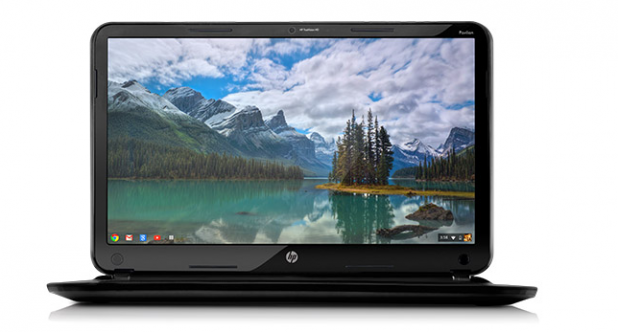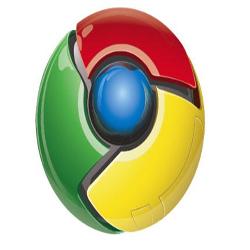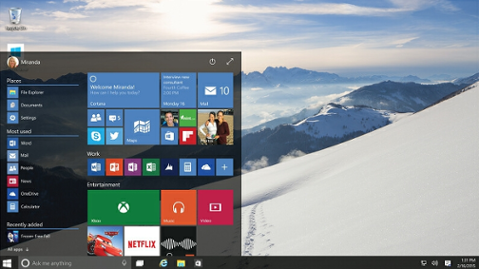
Hewlett-Packard is the latest PC manufacturer to jump into the Chromebook game, whipping the curtain back from a 14-inch device loaded with Google’s Chrome OS. Powered by a dual-core Intel Celeron processor, and touting roughly 4.25 hours of battery life, the HP Pavilion Chromebook follows in the footsteps of other Chromebooks released by Acer and Samsung over the past few months. While these manufacturers continue to produce devices loaded with Windows, the growth of Chrome OS could spark some worry among Microsoft executives, who have likely become used to their hardware partners operating as Windows-only shops. Chrome OS is a cloud-dependent operating system for laptops and desktops, built around Google services such as Gmail. It also features access to the Chrome Web Store, an online repository for a variety of apps. While some offline functionality exists—including the ability to edit documents via Google Docs—devices running Chrome OS are largely dependent on a constant Internet connection. Whereas the first generation of Chromebooks started at $449, Google and its manufacturing partners have made a concerted effort to lower the price of the second generation. The Acer C7 Chromebook starts at $199, while Samsung’s most basic-model Chromebook retails for $249 and up. Those who desire a laptop with more powerful hardware can opt for the HP Pavilion Chromebook ($329) or the Samsung Chromebook 550 ($449). That broader range of devices and price-points could allow Chrome OS to compete more effectively against tablets running iOS and Android, which offer flexibility and connectivity for a relatively low sticker price, as well as PCs running Windows or Mac OS X, which boast robust hardware and familiar operating systems for a more premium price. But with the tech industry’s increasing emphasis on cloud applications, the ability of a primarily Web-based operating system like Chrome OS to serve its users’ needs—no matter how complex—is on the rise. And while Windows and Mac OS X have tried to adapt to this cloudier, more mobile paradigm via app stores and other features, they have the disadvantage of having to compete against their own legacies. Take the case of Windows 8: desperate to compete in the tablet market, Microsoft built a version of its latest operating system designed to run on the ARM architecture that underlies the majority of today’s mobile devices. But the result, Windows RT, came with a notable drawback: it couldn’t run Windows legacy software, harming its potential among gamers and businesspeople who wanted to run their old programs on a shiny new tablet. Microsoft and its manufacturing partners are also building Intel-equipped tablets that run “full” Windows 8 and thus all those legacy applications, but it’s inarguable that Windows’ entrance into mobility and the cloud hasn’t been the most streamlined. As the newer operating system, Chrome OS doesn’t come with that sort of baggage. If the latest generation of devices sells well, it could give their manufacturers additional leverage in negotiating with Microsoft over licensing fees and other matters. That’s not an ideal situation for Microsoft executives, to say the least. Image: Google

